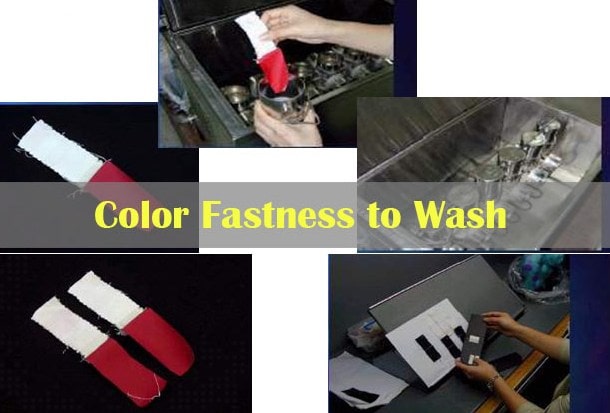
NewsInformation Center
Comparing Gas Fume Color fastness Testing with Other Colorfastness Tests
2023/07/12
Gas fume colorfastness testing is one of several methods used to evaluate the colorfastness of materials. Here are some of the key differences between gas fume colorfastness testing and other colorfastness tests:
1. Lightfastness testing:
Lightfastness testing measures the ability of a material to resist fading or color change when exposed to light. It is often used to evaluate the colorfastness of materials that will be exposed to sunlight or other sources of light. Gas fume colorfastness testing, on the other hand, measures color change or fading caused by exposure to gases such as oxides of nitrogen, sulfur dioxide, and ozone.
Lightfastness testing measures the ability of a material to resist fading or color change when exposed to light. It is often used to evaluate the colorfastness of materials that will be exposed to sunlight or other sources of light. Gas fume colorfastness testing, on the other hand, measures color change or fading caused by exposure to gases such as oxides of nitrogen, sulfur dioxide, and ozone.

2. Water fastness testing:
Water fastness testing measures the ability of a material to resist color change or bleeding when exposed to water. It is often used to evaluate the colorfastness of materials that will be exposed to water, such as clothing or outdoor fabrics. Gas fume colorfastness testing is not related to water exposure.
Water fastness testing measures the ability of a material to resist color change or bleeding when exposed to water. It is often used to evaluate the colorfastness of materials that will be exposed to water, such as clothing or outdoor fabrics. Gas fume colorfastness testing is not related to water exposure.
3. Rub fastness testing:
Rub fastness testing measures the ability of a material to resist color transfer or fading when rubbed or abraded. It is often used to evaluate the colorfastness of materials that will be subjected to friction, such as clothing or upholstery. Gas fume colorfastness testing is not related to rubbing or abrasion.
Rub fastness testing measures the ability of a material to resist color transfer or fading when rubbed or abraded. It is often used to evaluate the colorfastness of materials that will be subjected to friction, such as clothing or upholstery. Gas fume colorfastness testing is not related to rubbing or abrasion.
4. Perspiration fastness testing:
Perspiration fastness testing measures the ability of a material to resist color change or fading when exposed to human sweat. It is often used to evaluate the colorfastness of clothing or other items that will come into contact with human sweat. Gas fume colorfastness testing is not related to perspiration exposure.
Perspiration fastness testing measures the ability of a material to resist color change or fading when exposed to human sweat. It is often used to evaluate the colorfastness of clothing or other items that will come into contact with human sweat. Gas fume colorfastness testing is not related to perspiration exposure.
In summary, gas fume colorfastness testing is a specific method used to evaluate the colorfastness of materials when exposed to gases such as oxides of nitrogen, sulfur dioxide, and ozone. It is often used to evaluate the durability of materials exposed to air pollution. Other colorfastness tests, such as lightfastness, water fastness, rub fastness, and perspiration fastness, are used to evaluate the colorfastness of materials exposed to other types of environmental factors.
Previous: What are some common materials that are tested using the oxygen index test?
N e x t : What are the safety considerations when using rubber testing equipment?



